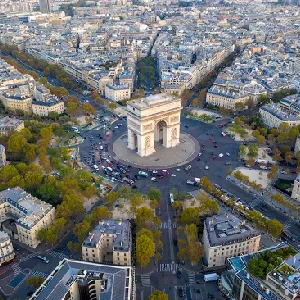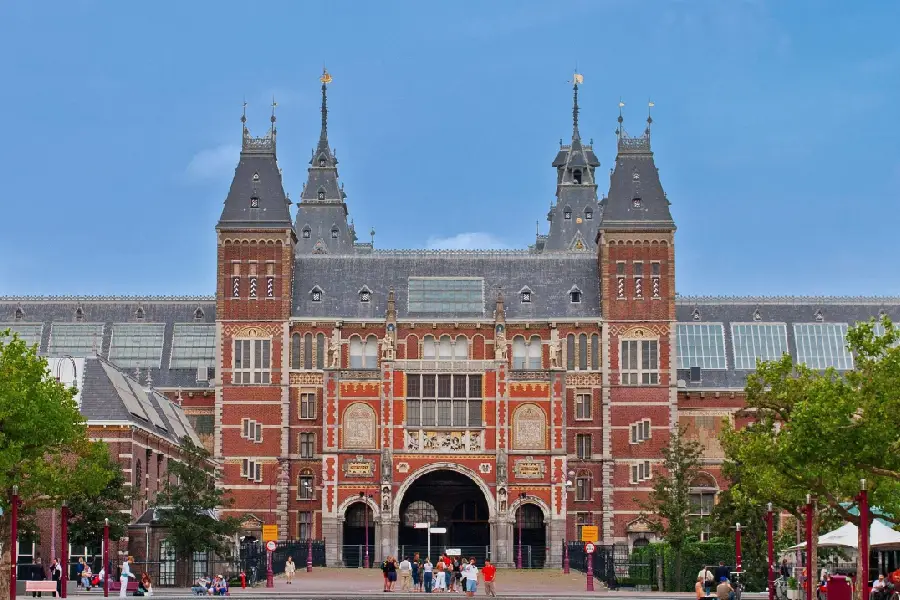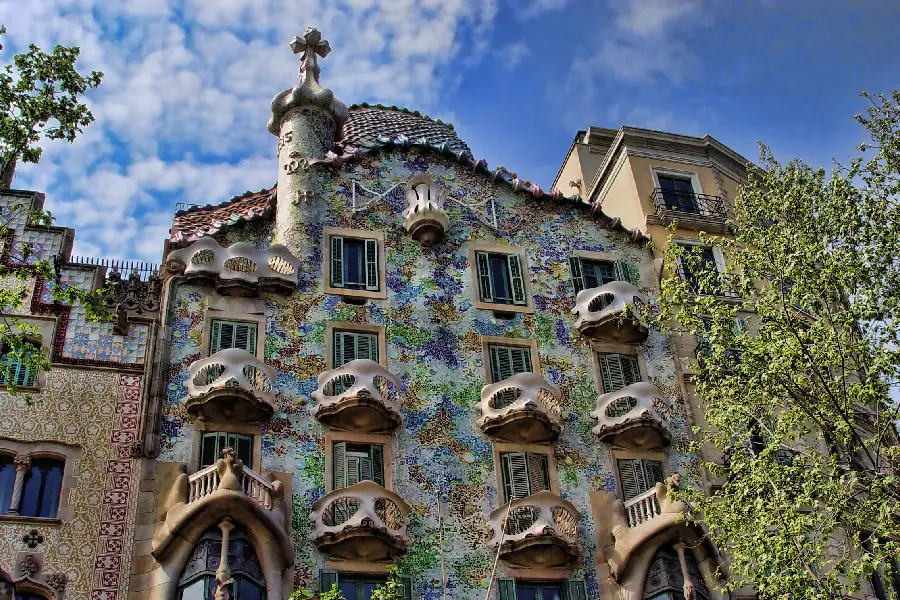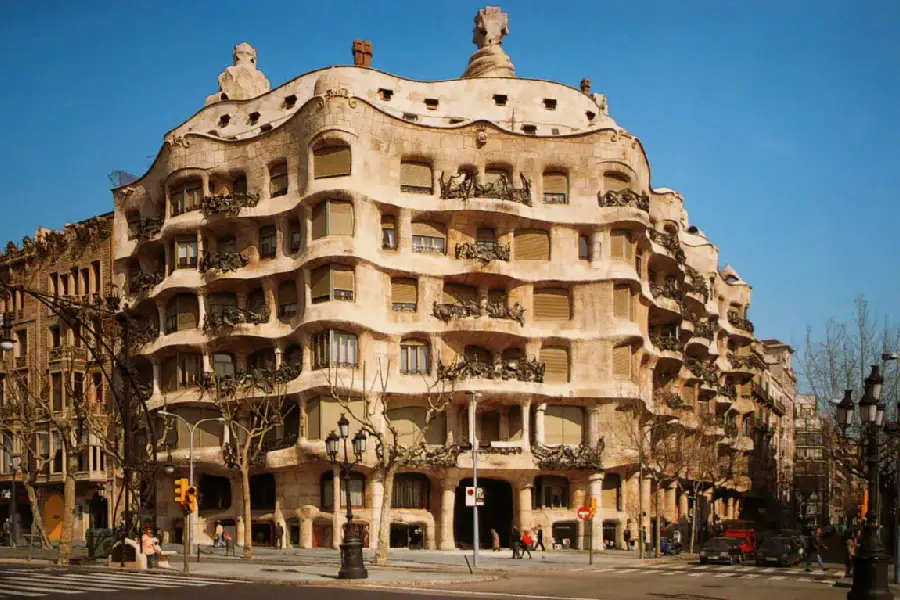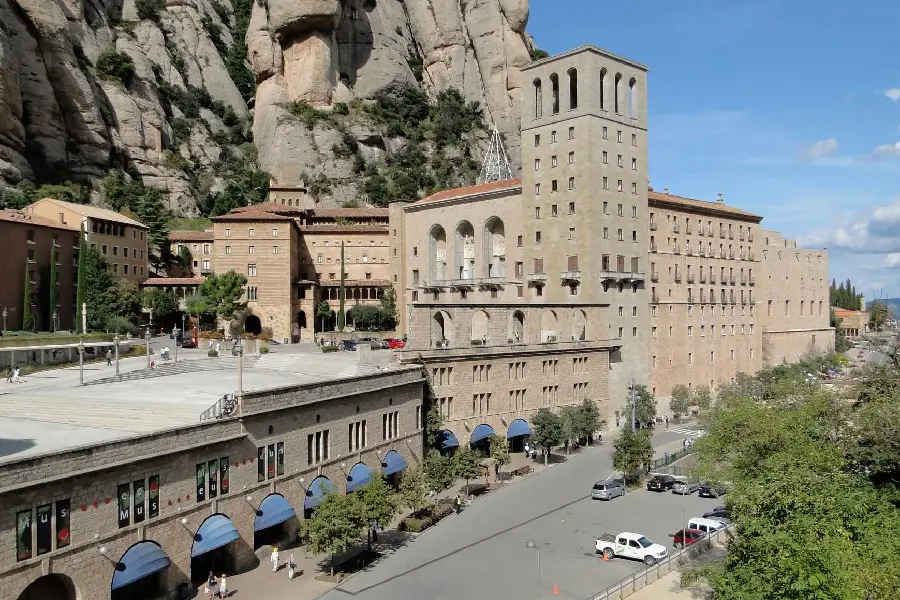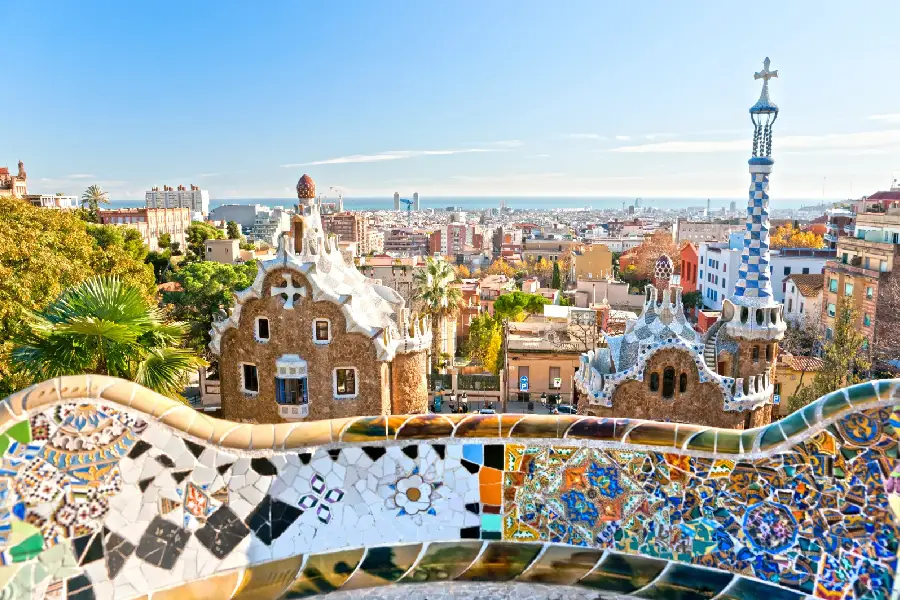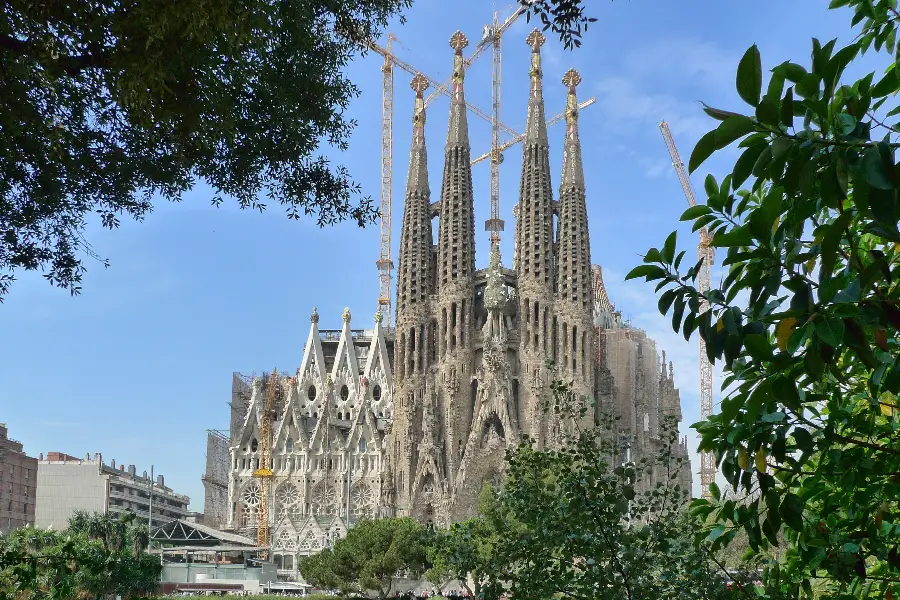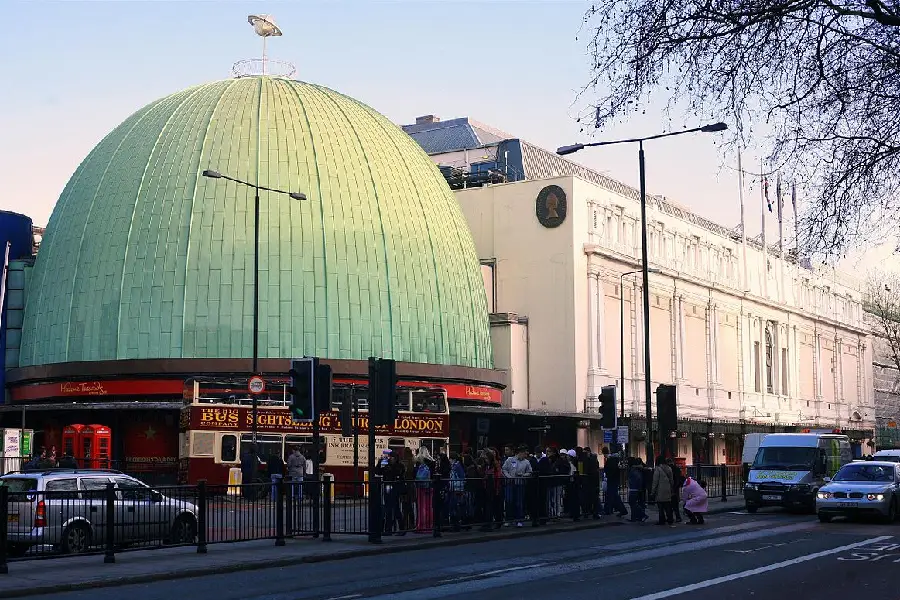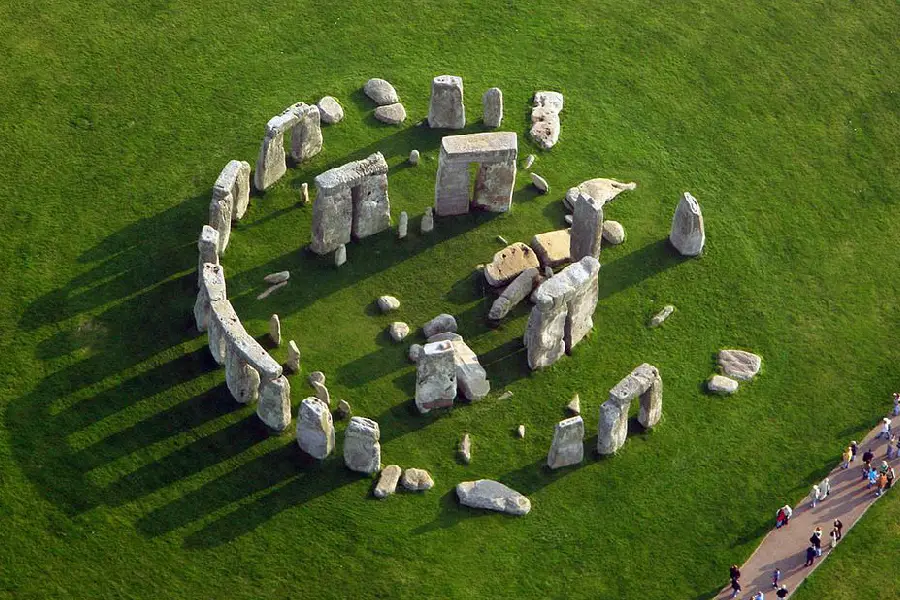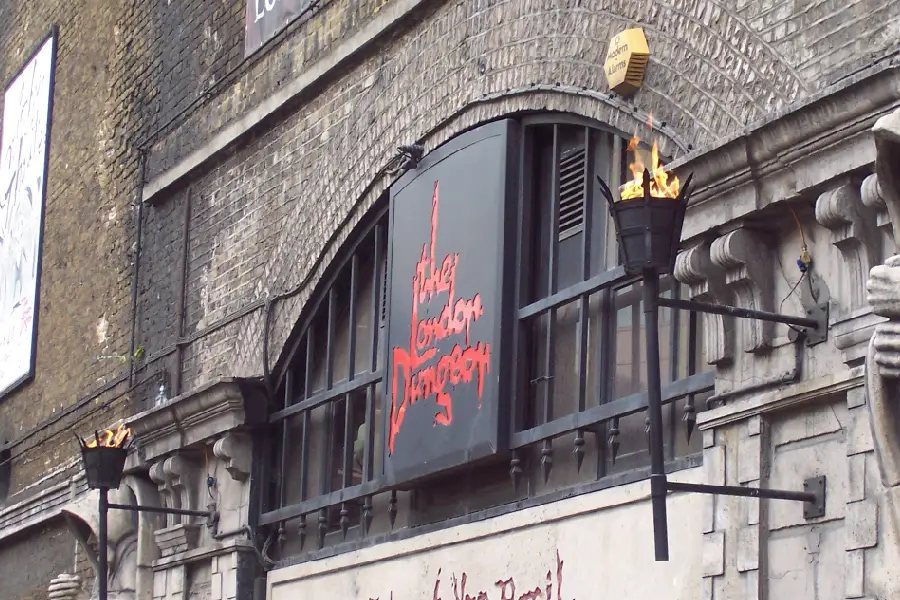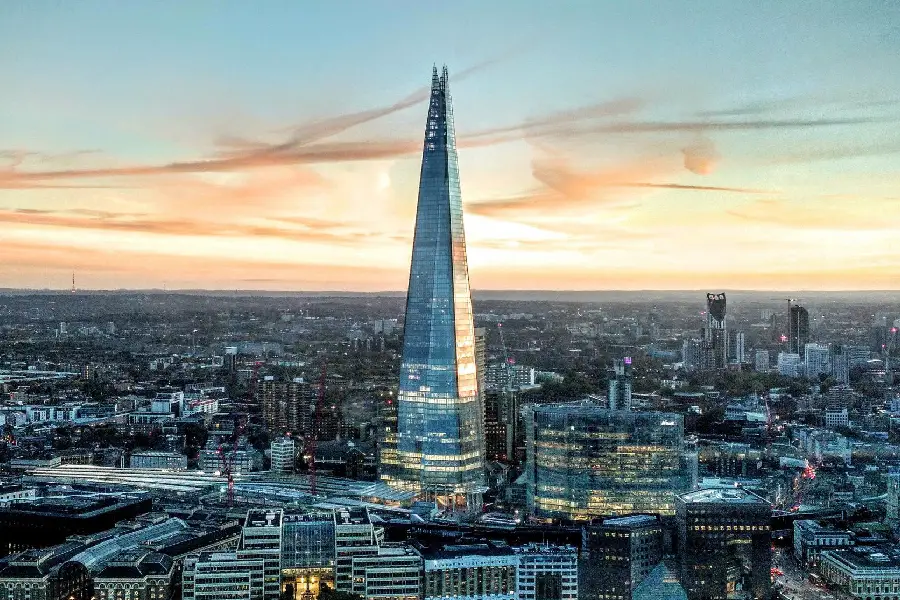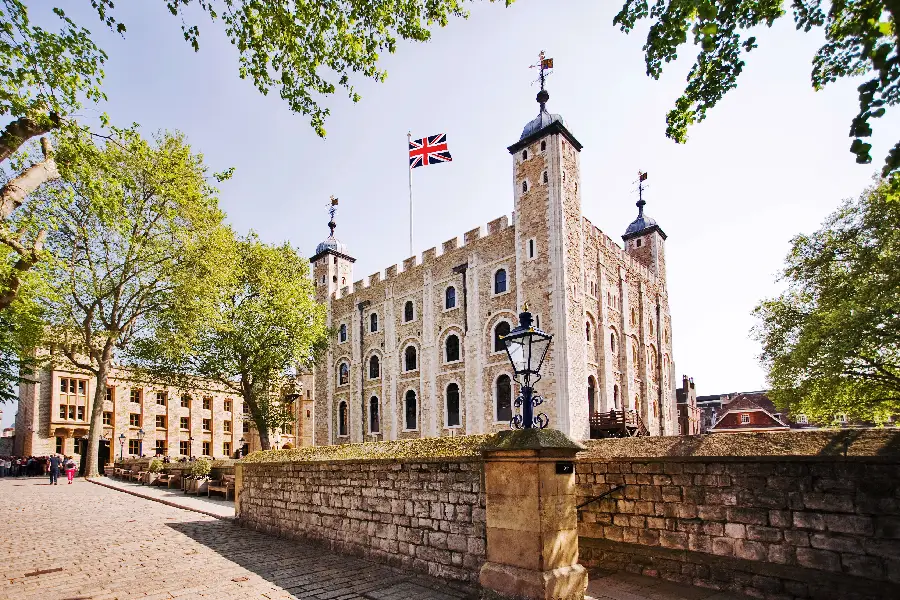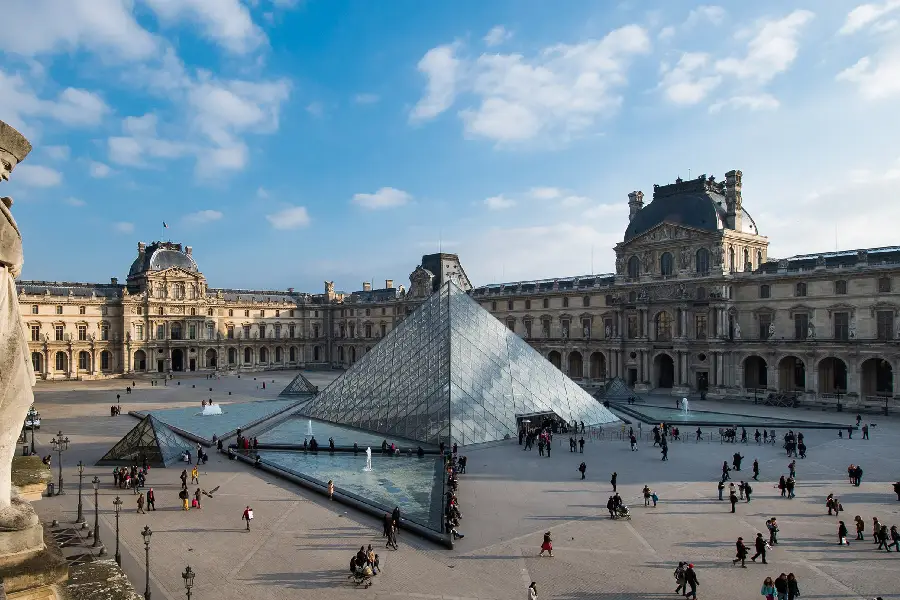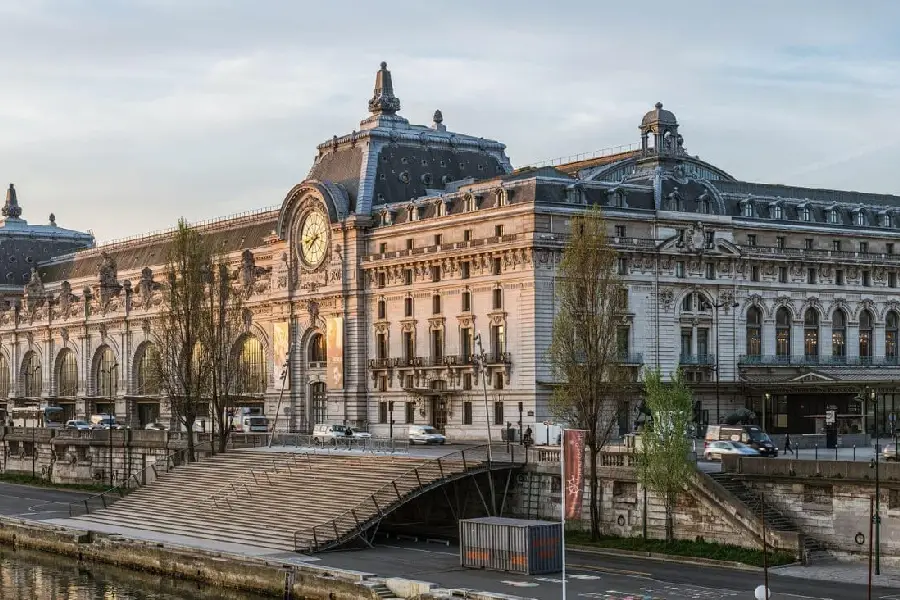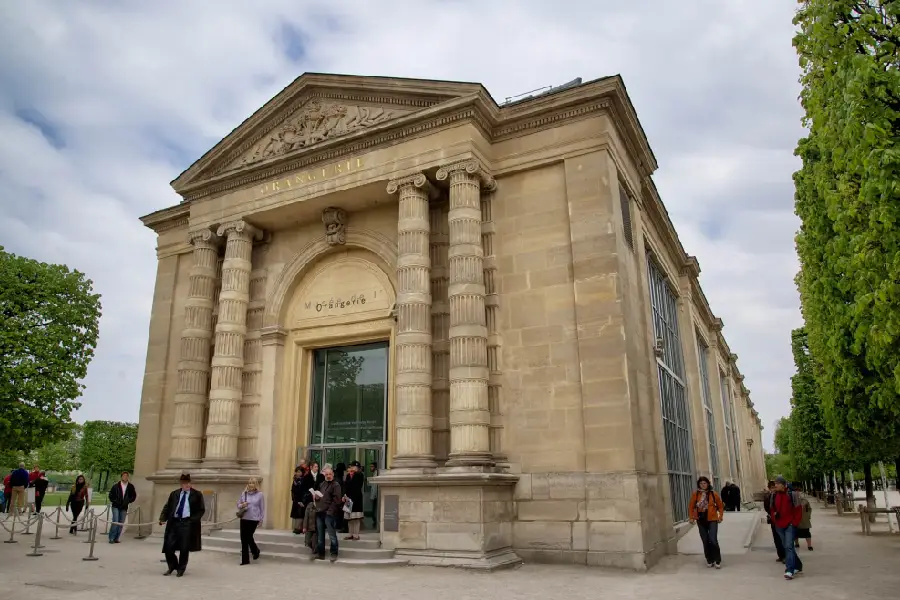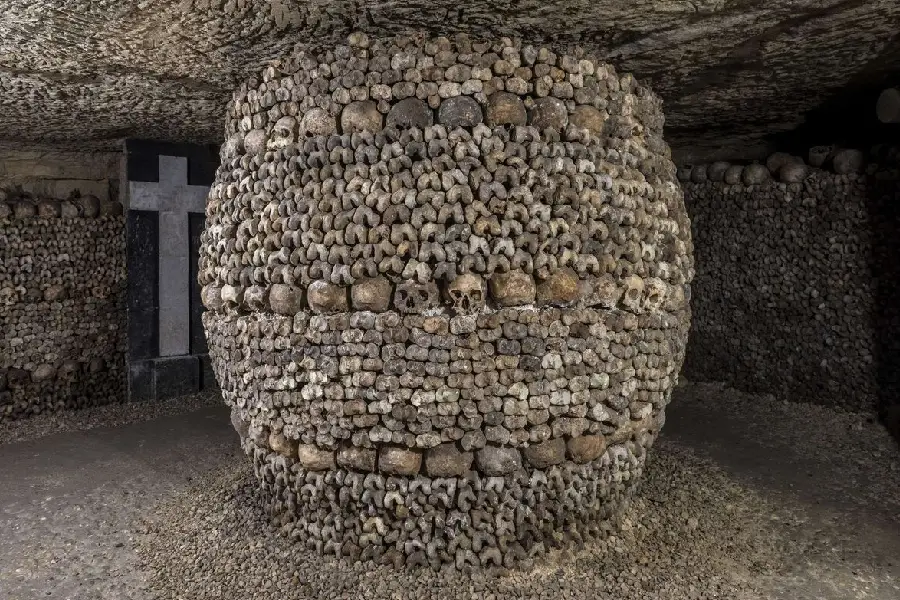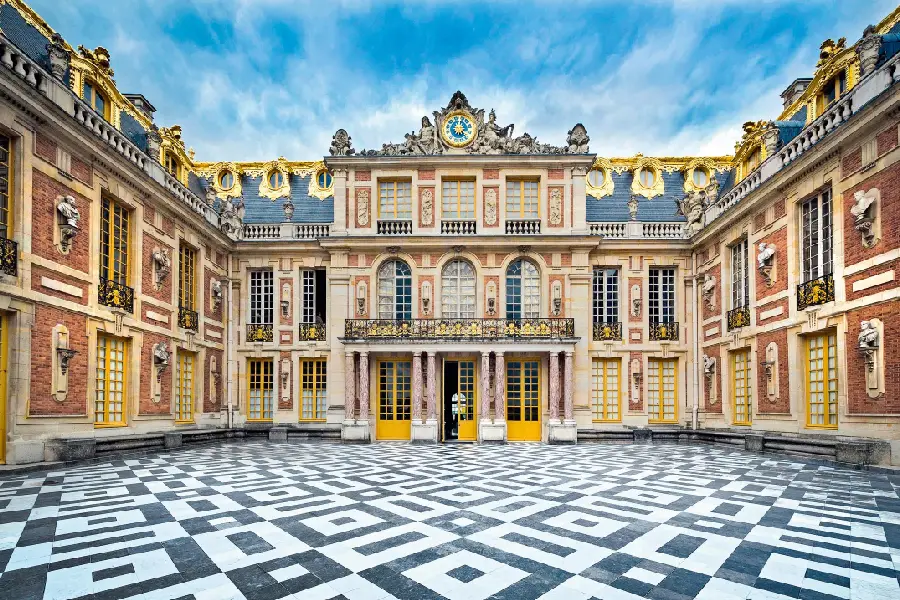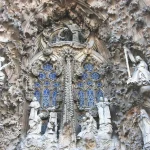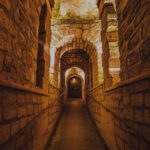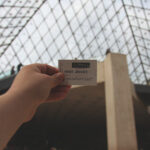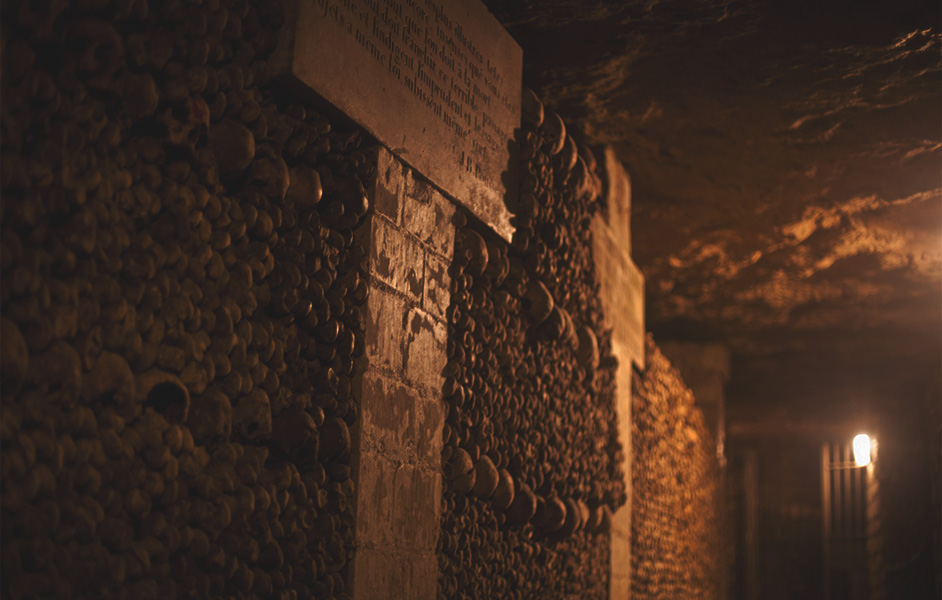Do you want to learn Paris Catacombs History? Then, This article for You.
Visitors worldwide have long been attracted and enchanted by the Paris Catacombs, an underground world underneath the bustling streets of the French capital. This vast network of tunnels and chambers has a horrific yet enthralling history, including cleanliness, artistry, and the ageless human fascination with mortality. In this comprehensive post, we will look at the Paris Catacombs history, construction, significance, and the numerous mysteries surrounding them.
Why are the Paris Catacombs famous?
For various convincing reasons, the Catacombs of Paris have earned global renown:
- Surprising Burial Location
The catacombs serve as an ossuary for over six million people, making them unique. This unique burial location distinguishes them from more traditional cemeteries.
- Extraordinary Artistry
The catacombs are more than just a depository for bones; they are also a testament to the craftsmanship with which they were arranged. The skulls and bones have been meticulously placed into creative patterns, producing an eerie and magnificent spectacle.
- Historical Relevance
These catacombs reflect Paris’s past, reflecting the city’s response to the grave difficulties of overcrowding graves and public health concerns in the 18th century.
Paris Catacombs Historical Overview
What Was the Intent Behind Creating the Paris Catacombs?
The catacombs’ origins can be traced back to a grave situation. By the late 18th century, Paris’ cemeteries were congested, posing a considerable public health danger. The answer? To build an underground ossuary by relocating bones from overcrowded cemeteries into the city’s abandoned quarries.
Who Designed Paris Catacombs?
The mammoth task of converting the underground quarries into catacombs fell to Inspector General of Quarries Charles-Axel Guillaumot. His engineering expertise and precise planning were critical in bringing this enormous project to fruition. Guillaumot’s commitment to public health and inventive method of repurposing the quarries saved Paris from its looming “grave” crisis.
When did the Paris Catacombs begin?
The construction of the catacombs began in earnest in the late 18th century, with the first bones being transferred in 1786. This project lasted decades, growing and increasing as additional bones were transported into the catacombs.
The Catacombs Use and Importance
Bone Transfer to the Catacombs
The catacombs served two functions: they solved the city’s health crisis while simultaneously serving as a symbol of mortality. This dual meaning is emphasized by arranging bones in decorative patterns within the catacombs.
Stones for the Living made room for the Dead.
One of their most intriguing characteristics is the catacombs’ placement amid the vast network of ancient stone quarries that previously provided the stone for Parisian architecture. These quarries, repurposed as catacombs, highlight the design’s functionality and inventiveness.
Paris Had a Serious Issue With Its Dead
Before the catacombs, Paris was in a bind. Overcrowded cemeteries were not only unsanitary but also disease-breeding areas. The catacombs were built as a solution to these pressing concerns.
The Paris Catacombs Stories and Mysteries
What Is the History of Paris Catacombs?
The Paris Catacombs narrative is one of necessity and invention. It demonstrates how a city discovered a novel answer beneath its own streets during a public health crisis.
Who Designed Paris Catacombs?
Inspector General Charles-Axel Guillaumot was the catacombs’ visionary. His mechanical prowess and dedication to public health converted the underground quarries into a legendary underground realm.
Who Lives in the Catacombs?
While the catacombs essentially hold the bones of ordinary Parisians, several renowned personalities have been laid to rest in these underground chambers. Jean-Baptiste Poquelin, who is more commonly recognized by his stage name Molière, stands out as one such brilliant figure.
In 2004, what did police discover in the Catacombs?
French cops discovered an underground movie theater within the catacombs in 2004. This secret cinema had a fully stocked bar and contributed to the catacombs already intriguing history.
Are the Skulls from the Paris Catacombs Real?
The skulls and bones found in the catacombs are, in fact, genuine human remains. They function as a somber testament to the historical importance and narratives they encapsulate. Read more: Paris Catacombs Skip the Line
Today in Paris, the Catacombs
What Depth Are the Paris Catacombs Located At?
The catacombs are around 20 meters (65 feet) below Paris’s surface. This underground world comprises a vast network of tubes and chambers, giving it a unique and enormous underground complex.
Paris Catacombs History Timeline
The catacombs have a long and complicated history spanning two centuries. This timeline depicts their growth and evolution from their beginnings to the present.
Go to the Catacombs.
The catacombs are now available to the public, allowing tourists to explore this extraordinary underground world. A visit provides a trip through time, a unique perspective on Paris’s past, and an opportunity to pay respects to the millions of people buried there.
Conclusion
The Paris Catacombs are more than just a cemetery; they are a tribute to human ingenuity, a window into history, and a site of wonder and contemplation.
This subterranean environment, created of necessity, has become a symbol of Paris—a city that faced a significant challenge and found an extraordinary answer underneath its very streets.
Visitors descend into the catacombs, embarking on a journey through time, surrounded by the stories of those who came before them and the mysteries that continue to envelop this intriguing underworld.













